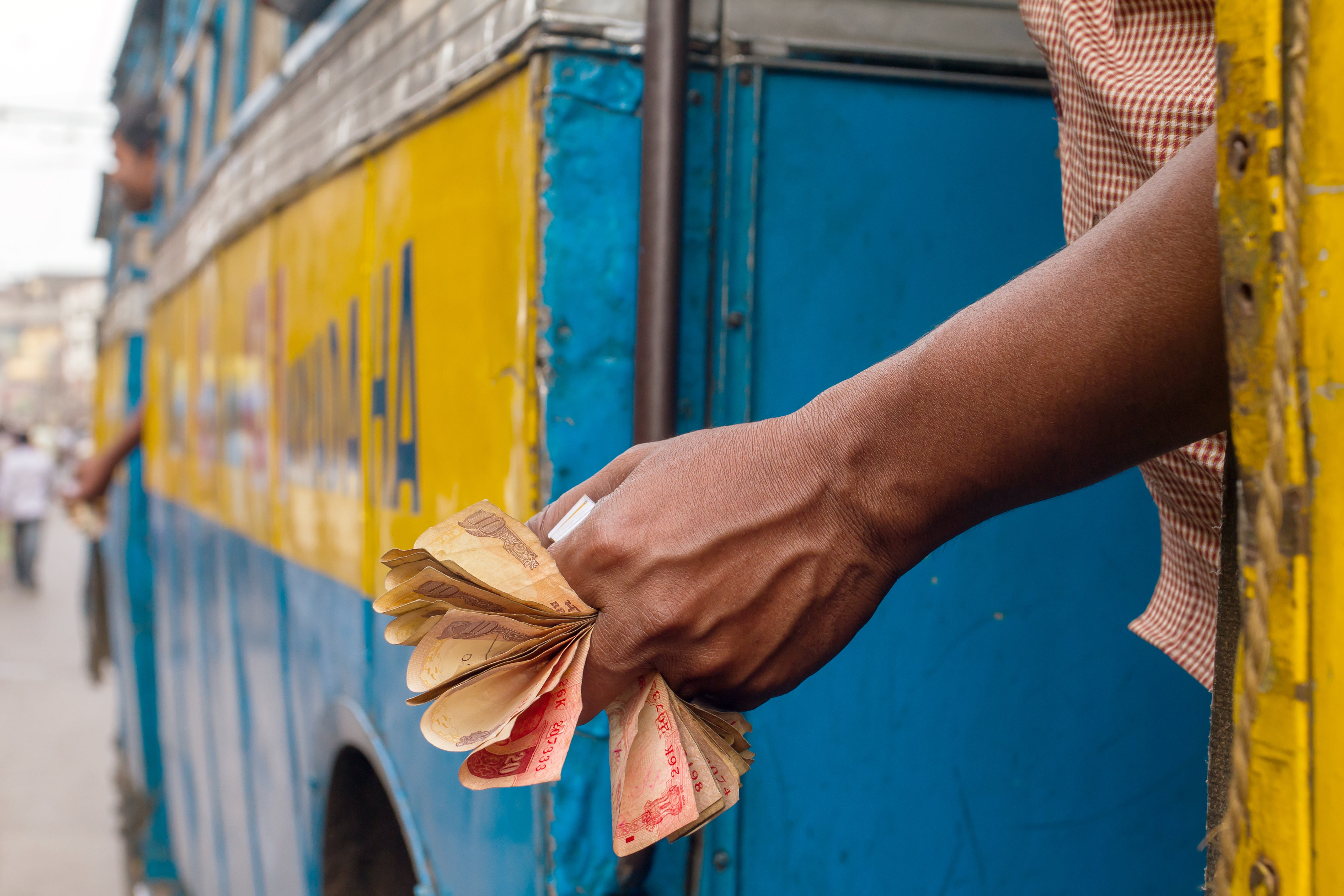 Enhancing the safety of bus transport will be the biggest challenge to redefining urban mobility in the aftermath of the pandemic. Photo: Shutterstock
Enhancing the safety of bus transport will be the biggest challenge to redefining urban mobility in the aftermath of the pandemic. Photo: Shutterstock
Last week, to better understand the impact of the pandemic, we surveyed both public and private bus operators, in partnership with the International Association of Public Transport, UITP.
The survey showed that bus services have almost ground to a halt, down by 98-99 percent from before the pandemic. Operators are losing huge revenues but still have to pay staff salaries and repay loan installments. In a sector with razor-thin margins, this double whammy has proved to be devastating. All told, the city, intercity, and rural bus industry is losing about $7 billion for every month of inactivity.
Meeting staff expenses has emerged as the biggest financial challenge. Typically, salaries account for almost half the expenses of public bus operators. Servicing debt repayments came up as the second most important issue.
Keeping cities moving after the lockdown
Enhancing the safety of bus transport will be the most pressing issue. Across the world, operators have begun readying for this time by developing protocols and procuring protective equipment to maintain higher hygiene standards and protect staff and passengers. India can help restore users’ trust in public transport by creating a COVID-19 Green Label , which shows that operators have met standards and are ready to restart operations.
Dramatic and dynamic changes in demand and supply will require great agility to keep cities moving.
While demand is uncertain, planning services is another challenge. In the first month after the lockdown, transport activity is expected to be at 25 to 50 percent of its pre-coronavirus levels. In Beijing, for comparison, the Beijing Transport Institute estimated that, on March 29, 2020, about one month after the end of lockdown, private cars on road were at 71% of normal value, shared bicycle at 62%, and bus, subway, and taxi at 30%. To ensure their safety, many people may temporarily shift to less public modes of transport. At the same time, the carrying capacity of buses will drop due to social distancing requirements.
Such dramatic and dynamic changes in demand and supply will require great agility to keep cities moving. Digital platforms will need to be leveraged to adjust and communicate bus schedules. Social distancing will require working hours to be proactively staggered to reduce peak demand. And the lower carrying capacity of buses will mean that underutilized private buses will need to be mobilized to keep cities moving.
What’s more, after the deep losses incurred during the lockdown, social distancing will cut revenues by half, leading to losses for each trip. Meanwhile, sanitizing buses and providing protective equipment to drivers will increase costs. Buses will not be able to operate for very long without support, funding, and access to liquidity. To help tide them over this critical period, survey respondents indicated a need for support to meet salaries for up to three months, reschedule debt – both principal and interest – and waive taxes for up to three months to reduce costs.

To help their bus operators survive financially, India’s states could start thinking about a combination of interventions. These could include introducing temporary tax waivers, extending the validity of various documents – fitness certificates, permits, insurance – improving the efficiency of services with dedicated bus lanes, developing card and digital payments, relaxing some permit restrictions to mobilize private buses, and allocating a larger share of urban mobility resources for bus transport. One solution could include providing access to a stabilization fund, backed by future revenues from the sector, through a coordinated approach between the central government and the states.
Countries are taking different measures to ensure the survival of their public transport. For example, Hong Kong (SAR), China, introduced direct support to taxi and minibus drivers and owners and reimbursed 100 percent of regular repair and maintenance costs and insurance premiums for six months for its franchised bus and ferry operators. In the United States, $25 billion of Federal Transit Administration emergency transit funding have been allocated to support transit systems in preventing, preparing for, and responding to COVID-19.
An opportunity to promote sustainable mobility
The recovery period will also be an opportunity to shape new forms of mobility that provide good access for all, clean air, reduced congestion, and reduced crash fatalities. Mexico City, Bogota, Oakland, Lima, Berlin, London, Wuhan, Milan, Paris and New Zealand offer many examples of how urban mobility is being rethought with the rapid rollout of walking and cycling infrastructure at low costs while creating space for other sustainable options over a longer time horizon.

And as in the rest of the world, the post-recovery period in India too is likely to see a rise in home-based work and schooling, walking, cycling and the use of public transport. More so because of India’s high-density urban agglomerations and its vast numbers of low- and middle-income urban families for whom public transport often provides a lifeline. This is a good time to build upon the lessons of this crisis and rethink the new normal.



Join the Conversation